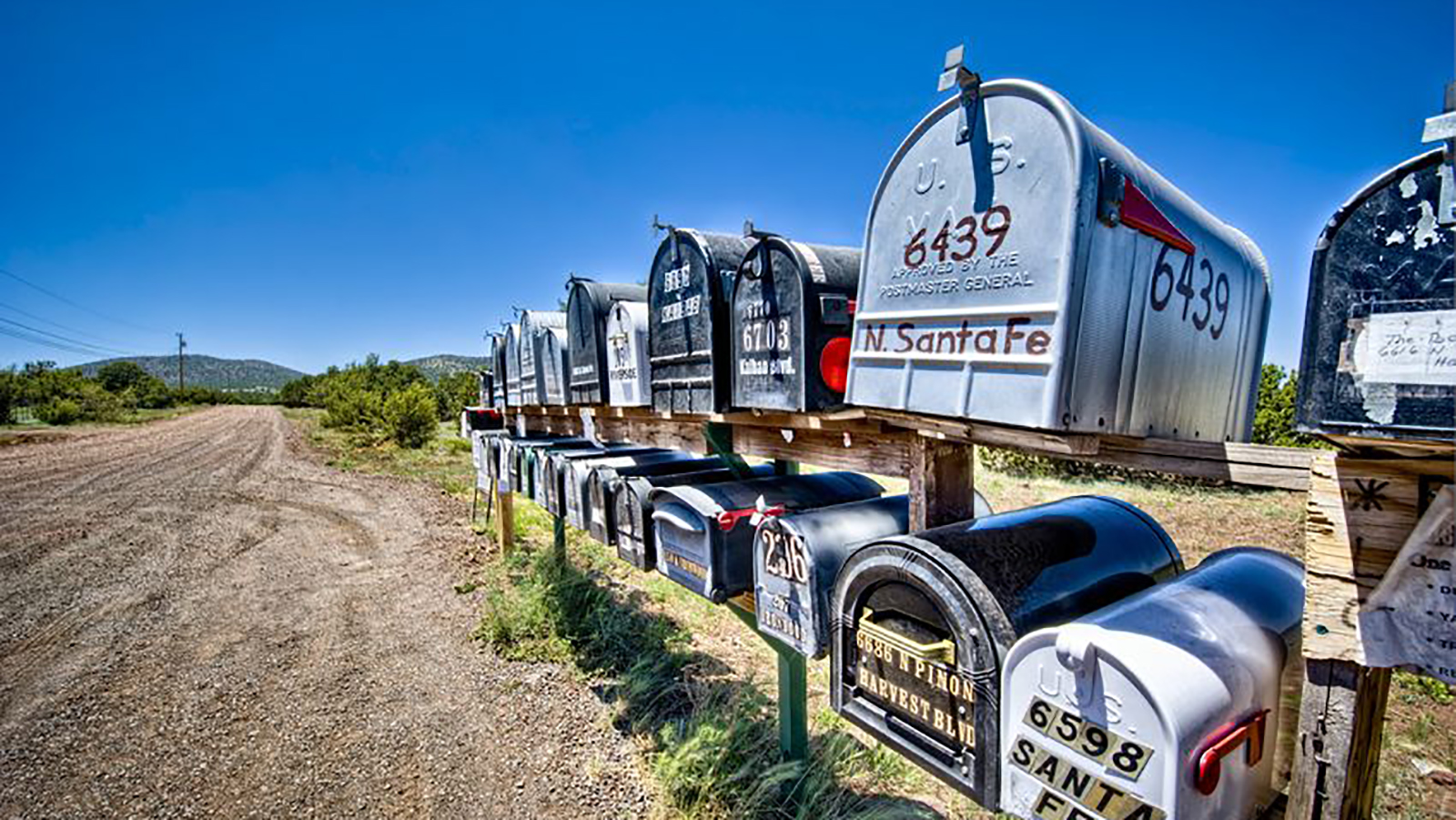
And might still be sitting on someones truck
Lorrie Hellekson
The United States Post Office delivered 154.2 billion pieces of mail in 2015. That is over 47% of the entire world’s mail volume. Yet, each of us can talk about the mailers we don’t get every day and your players let you know when their offer mailers are late or missing, don’t they?
Recently, we were talking to a representative of a tribal property in New Mexico, when she commented that mail service to some of their very rural customers was often slow and the delay affected the player’s ability to participate in promotions or redeem offers. Given the timetables they operated within, it seemed reasonable that those players should be receiving their mail with plenty of time to react to the offers. So, what’s the deal? Why do some areas deliver so much slower than others?
Well, with 154.2 billion pieces of mail flying around each year, there are likely just as many reasons why a single piece of mail may be slow in reaching its delivery point. I am certain that there are many rural properties out there, both tribal and commercial, that are affected in the same way. So, let’s talk about what we can do as mailers to help ourselves out in the face of such issues.
Get familiar with your data.
Work with your mail service provider to identify players living within Rural and Highway Contract carrier routes. These routes may be worked by non-USPS contracted carriers who, quite honestly, may not be as dedicated to the lengthy drives that some of these routes require. They may not deliver the routes daily. Perhaps they drive them semi-weekly, weekly or bi-weekly. Or, they may wait until they feel they have enough mail to deliver (a full car) to make it worth the long drive; and it’s usually their own car that they are driving. For the thousands of hard-working delivery folks out there, you still may face the “human factor” in slow delivery zones.
Solution: Use an alternate form of communication for these players.
Rather than including these players in the regular monthly direct mail programs, begin moving these players to other communication channels – like internet, email, or phone. Tell them what you are up to and why; explain that they are important to you and you want to be certain they get all the offers and invitations that they deserve. Have a one-on-one conversation or bring them all in as a group and treat them to a nice party, and have them tell you how they want to get your information. If they still want mail, send them something quarterly that they can keep on hand and refer to for upcoming events, but still email or call them with time-sensitive invites. Add a player portal to your website that they can log in to for their monthly rewards. Technology is getting better at reaching these rural areas every day because many have internet access.
Nothing builds loyalty better than personal service. Let your guests know that you are going the extra mile for them, and the extra miles they drive to see you will be worth it.







